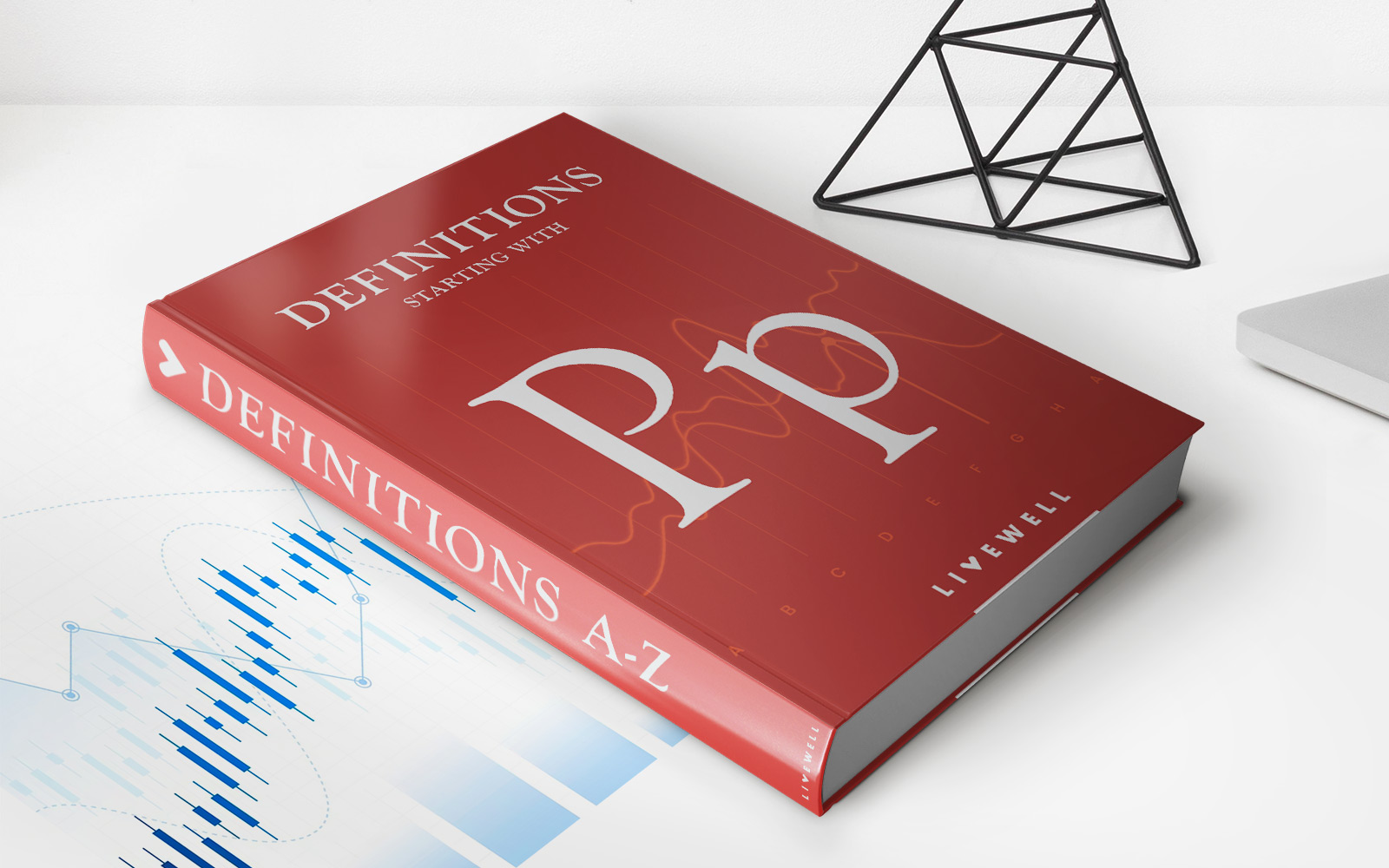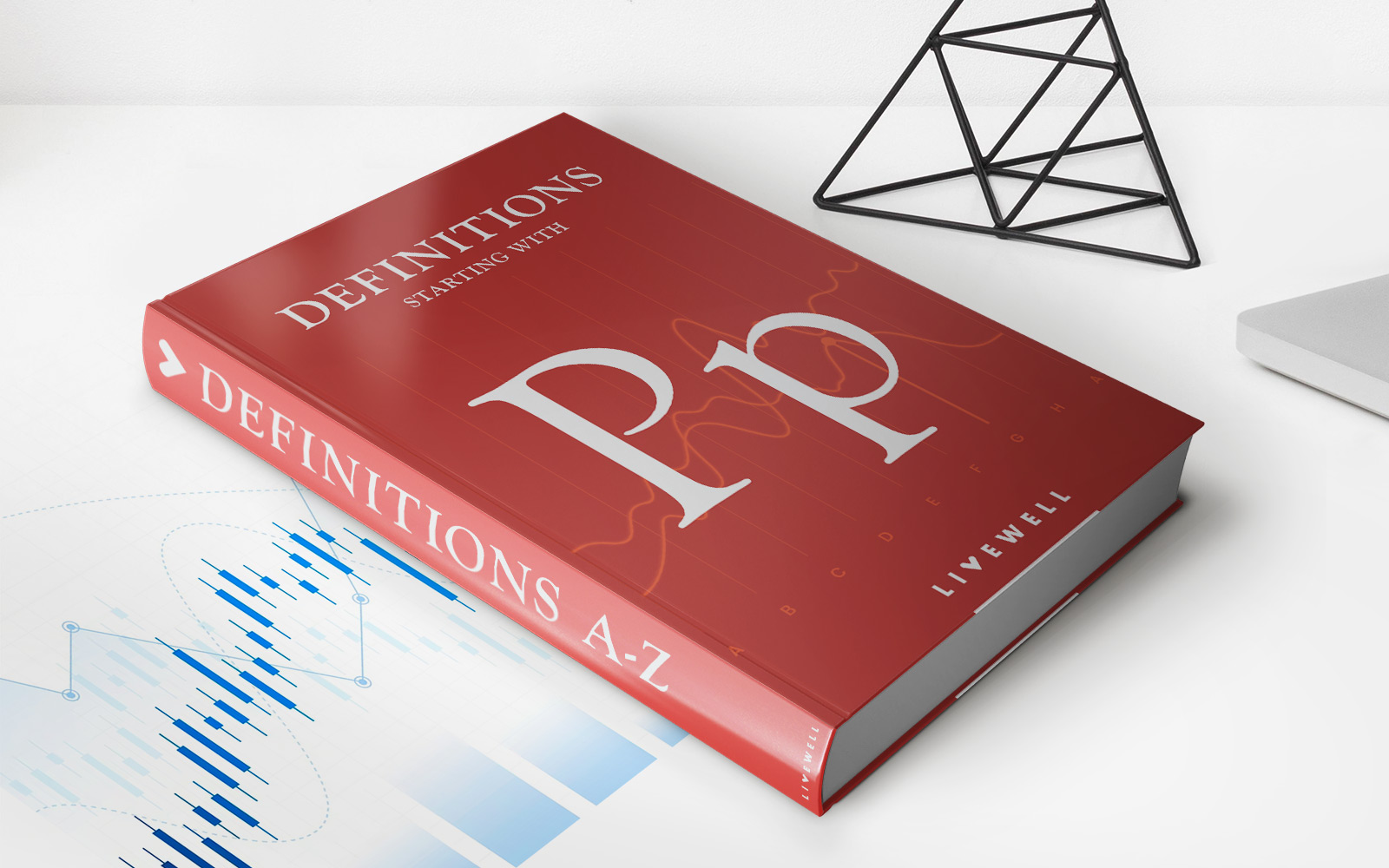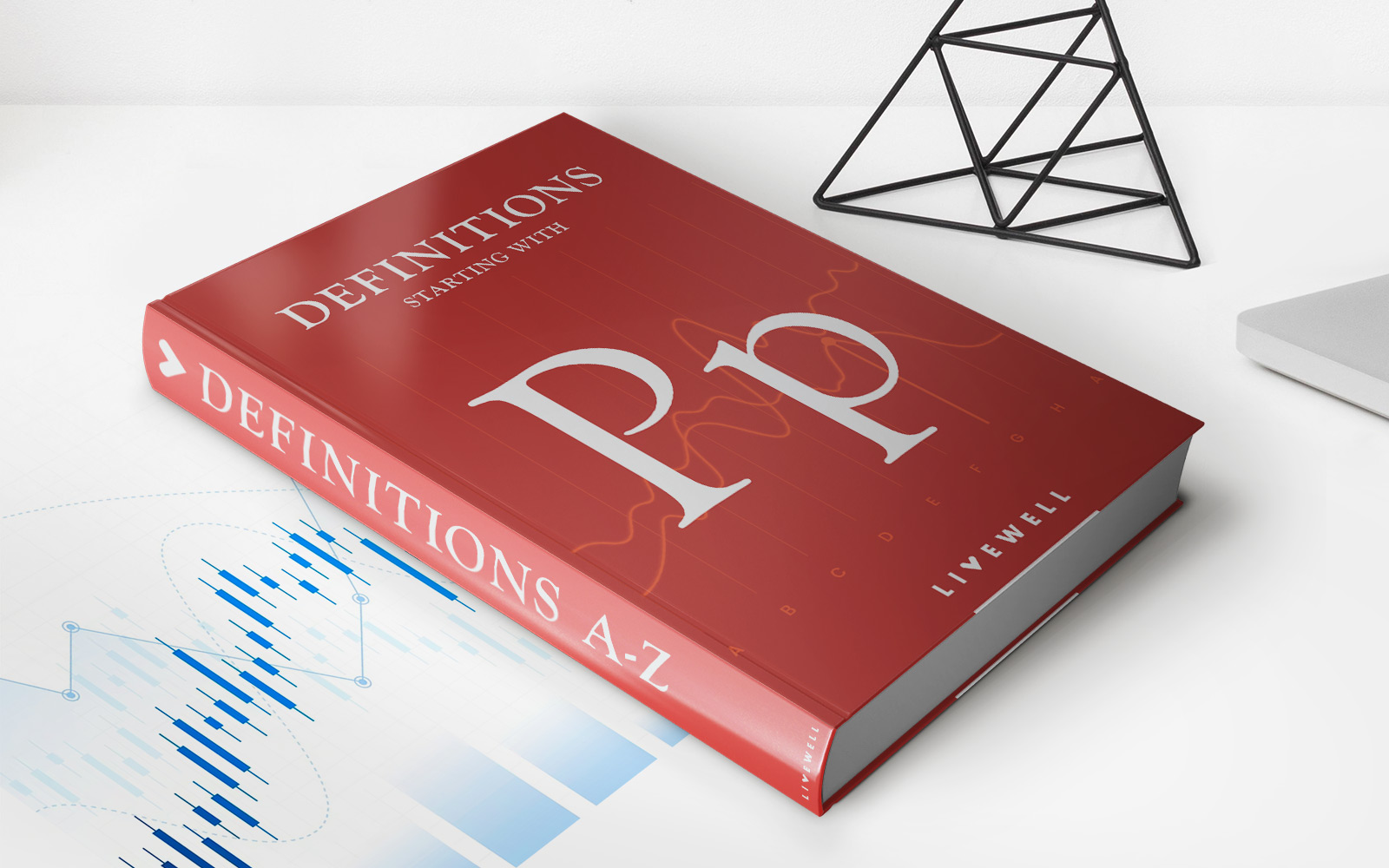

Finance
Call On A Put Definition
Published: October 21, 2023
Learn the meaning of a call on a put in finance and how it works. Explore the concepts of options and derivatives in this comprehensive guide.
(Many of the links in this article redirect to a specific reviewed product. Your purchase of these products through affiliate links helps to generate commission for LiveWell, at no extra cost. Learn more)
Call on a Put Definition: Unlocking the Potential of Financial Markets
When it comes to navigating the world of finance, understanding the different financial instruments and their associated terms and strategies is crucial. One such concept that may sound intimidating at first but can be incredibly powerful is the call on a put. In this blog post, we will dive into the definition of a call on a put, how it works, and how you can leverage it to your advantage in the complex world of finance.
Key Takeaways:
- A call on a put is a financial options strategy that allows the option holder to buy a put option after purchasing a call option.
- This strategy is used by investors to protect themselves against potential market downturns while still maintaining the opportunity to profit from bullish market movements.
Understanding the Call on a Put
Before we delve into a call on a put, let’s first understand the basics of options trading. Options are financial derivatives that give the buyer the right, but not the obligation, to buy or sell an underlying asset at a predetermined price on or before a specific date. There are two types of options: calls and puts.
A call option provides the holder with the right to buy the underlying asset at the predetermined price, known as the strike price, within a specified timeframe. Conversely, a put option gives the holder the right to sell the underlying asset at the strike price within the specified timeframe.
Now, let’s break down the call on a put strategy. A call on a put, also known as a protective put strategy or a synthetic long put strategy, involves purchasing a call option on an underlying asset while simultaneously purchasing a put option on the same asset.
The call option grants the option holder the opportunity to profit from bullish market movements. If the price of the underlying asset rises, the call option holder can exercise the option and buy the asset at a lower predetermined price. This allows them to profit from the price difference.
However, in the event of a market downturn, the put option acts as insurance. If the price of the underlying asset decreases, the put option holder can exercise the option and sell the asset at a higher predetermined price, protecting themselves against potential losses.
Benefits and Risks of the Call on a Put Strategy
The call on a put strategy offers several benefits to investors:
- Diversification: By combining both bullish and bearish positions, the call on a put strategy allows investors to diversify their portfolio and potentially reduce overall risk.
- Flexibility: As an options strategy, the call on a put provides investors with the flexibility to adapt to changing market conditions and tailor their approach accordingly.
- Downside protection: The protective put option serves as an insurance policy, providing downside protection in case the market moves against the investor’s bullish position.
With these benefits come certain risks that investors should be aware of:
- Potential loss of premium: Investors must consider the cost of purchasing both the call and put options when implementing a call on a put strategy. If the investor cannot profit from the bullish market movements or the put option expires worthless, they may face a loss of premium.
- Wrong market prediction: Like any investment strategy, there is a risk of misjudging market movements. If the underlying asset’s price moves in the opposite direction than expected, the strategy may not generate the desired outcome.
Conclusion
The call on a put strategy can be a valuable tool for investors looking to protect themselves against downside risk while still capitalizing on potential market gains. By utilizing this options strategy, investors can benefit from diversification, flexibility, and downside protection. However, it is crucial to understand the associated risks and carefully consider market predictions before implementing this strategy.
So, now that you have unlocked the potential of the call on a put strategy, why not explore its possibilities and navigate the complex world of finance with confidence?














